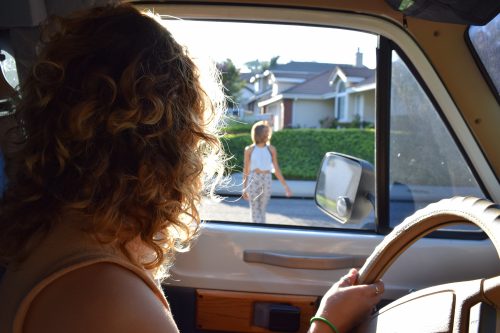The 100 Deadliest Days for Teen Drivers
Posted in Accident & Injury, In the news on June 2, 2021
 Pandemic restrictions are easing and summer is almost here. For teens, that means more places to go, lots of free time, summer jobs and activities, and spending time with friends. For new teen drivers, summer also means more time to spend behind the wheel.
Pandemic restrictions are easing and summer is almost here. For teens, that means more places to go, lots of free time, summer jobs and activities, and spending time with friends. For new teen drivers, summer also means more time to spend behind the wheel.
Getting a driver’s license is an exciting accomplishment for teenagers, but these drivers are the most inexperienced drivers on the road. According to the AAA Foundation For Traffic Safety, new teenage drivers (16- and 17-year-olds) are three times more likely to be involved in a fatal car accident than adult drivers.
Additionally, the period between Memorial Day and Labor Day sees 15 percent more fatal teen car accidents than the rest of the year. This 100-day period is known as the 100 Deadliest Days.
Why are there more fatal car accidents involving teens in the summer months?
Experts believe it is because teens are out of school and spending more time driving. When these inexperienced drivers spend more behind the wheel, they have a higher risk of being involved in a car accident.
What can parents do to keep their kids safe behind the wheel?
First and foremost, parents should model safe driving behavior. This includes avoiding distracted driving and speeding and using a seat belt whenever driving or riding in the car. These are all risky driving behaviors – especially for inexperienced teen drivers.
“Parents are the best line of defense to keep everyone safe behind the wheel.” – Jennifer Ryan, AAA Director of State Relations
Additionally, parents should have a conversation with their teens about safe driving practices. Parents should set expectations and hold their children accountable when they deviate from these expectations.
Tips to Keep Your Teen Driver Safe
- Buckle up: Using a seat belt helps keep everyone safe. Model good behavior by wearing your seat belt at all times, and requiring everyone else in the car to do so as well.
- Zero tolerance for drunk or impaired driving: Alcohol and teen drivers don’t mix. Drunk driving laws are more stringent for teen drivers. In Ohio, the blood alcohol content limit for drivers under the age of 21 is .02. If convicted of drunk driving, an underage driver faces mandatory license suspension for 60 days and the driver must re-take the driver’s license test.
- Limit passengers: Passengers, especially other teens, can be distracting. Teen drivers may feel pressured to “show off” and engage in risky driving practices like speeding, weaving or sudden braking. Parents should make rules about who is and who isn’t allowed to ride in the car with their teen driver.
- Restrict distractions: Texting, talking on the phone, using social media or responding to email are all dangerous distractions while driving. A zero-tolerance approach is the only safe approach here.
- Maintain appropriate speed: Teens might test the limits by speeding. Unfortunately, this is very risky behavior. Encourage your teen driver to obey the speed limit, and don’t forget to set an example yourself.
- Nighttime and all-weather driving: Teens are more likely to make mistakes and crash at night and in bad weather. Make sure your teen driver has supervised opportunities to practice driving in different conditions.
Resources for Parents and Teen Drivers
Teen Driving AAA: Tools and advice to help prepare parents and teens.
Four-Page Guide for Parents Coaching Teen Drivers
Most importantly during the 100 Deadliest Days for teen drivers, spend some time talking to the young drivers in your life.